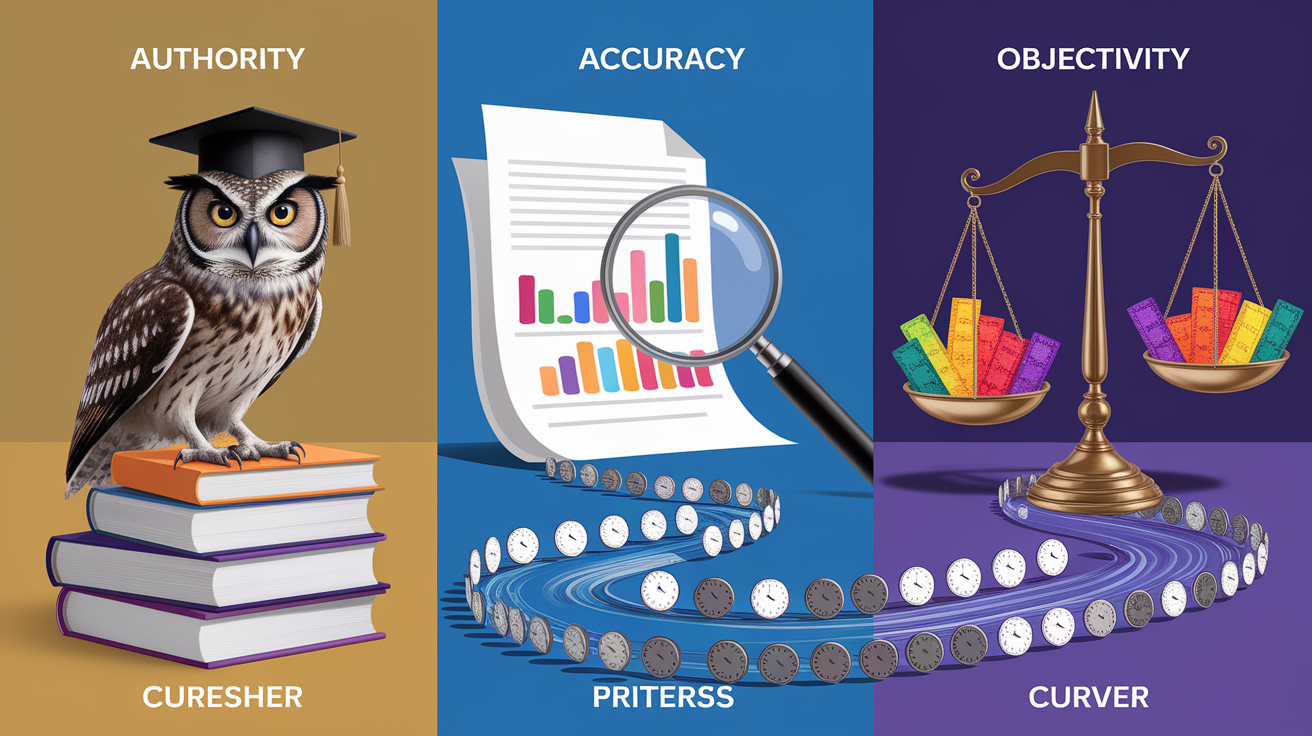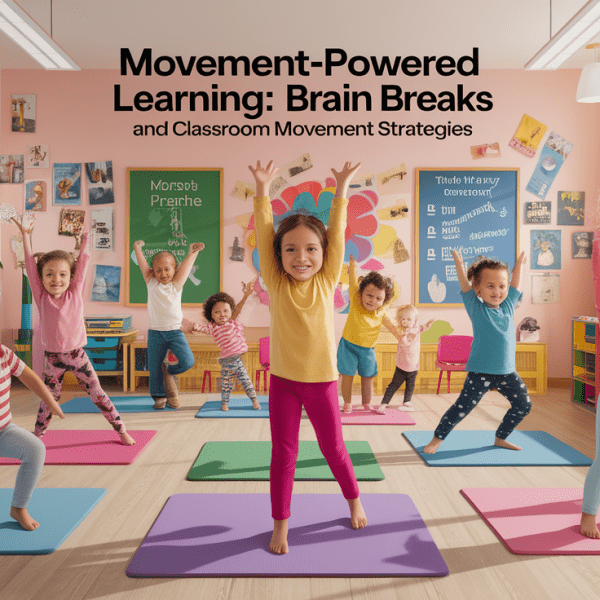Hit the Goldmine: Evaluating Web Sources in a Snap
Imagine you’re on a treasure hunt, but instead of looking for gold coins, you’re searching for golden nuggets of trustworthy information! In today’s digital age, web source evaluation is the treasure map every student needs. Whether you’re writing a research paper or fact-checking a buzzworthy news story, knowing how to spot credible sources can save you from stumbling into the trap of misinformation. This skill strengthens your digital literacy, boosts your confidence in academic research, and keeps your findings accurate.

The 5 Core Criteria for Credible Web Sources
Determining whether a website deserves a spot in your bibliography starts with five key questions. A handy framework like the CRAAP test can be your trusty toolkit.

- Currency: Is the information up-to-date? Check the publication date to ensure relevance.
- Relevance: Does the source directly address your topic or research question?
- Authority: Who is the author? Are they qualified in the subject area?
- Accuracy: Is the content backed by evidence and free from errors?
- Purpose: What’s the intent—inform, persuade, entertain, or sell? Recognizing bias can help you stay objective.
You can also explore the ABCs of evaluating websites, which emphasize Authority, Bias, and Currency. These are especially useful for spotting questionable sources before they lead your research astray.
A Step-by-Step Evaluation Process
Alright, sleuths-in-training, here’s your detective routine for vetting web sources like a pro:

- Stop: Pause before accepting information at face value. If something seems odd, investigate further.
- Investigate the Source: Explore author credentials, domain type (.edu, .gov are often more reliable), and organizational reputation.
- Check Other Sources: Use lateral reading techniques to see what other reputable voices say about the site or content.
- Verify Claims: Apply the SIFT method: Stop, Investigate, Find trusted sources, Trace claims back to their origin.
- Analyze Relevance & Bias: Ensure the source suits the academic scope and purpose, and watch for persuasive tones that could skew facts.
Quick Tools and Tips to Speed Up Source Checks
Want to zoom through your source-checking without cutting corners? Load up on powerful fact-checking tools and research hacks:

- Bookmark reliable checkers like Politifact, FactCheck.org, and Snopes for quick myth-busting.
- Start with your school or local library’s curated academic databases to access peer-reviewed and scholarly sources.
- Look for clear citations, and cross-reference information with multiple credible sites.
With these tools, you can swiftly verify website authority, check accuracy, and confirm the date to ensure currency. Fast and thorough—that’s how you win at web source evaluation!
Smart Examples: Evaluating Real Web Pages
Let’s test your skills with two hypothetical scenarios:
- Example 1: Academic Blog Post — It’s hosted on a university website (.edu), written by a professor with credentials in history. References are cited and sources are current. Ding ding ding! This one passes the CRAAP test with flying colors.
- Example 2: Viral Social Media Link — No author credentials, no cited evidence, and it’s pushing a strong opinion. Cross-checking via FactCheck.org shows the claim is false. That’s a quick disqualification!
Real-world application of your source credibility research skills means you’ll avoid unreliable websites and stick with information quality you can trust.
From Web Wanderer to Source Sleuth
Starting out, you may feel like you’re just wandering through the vast online wilderness. But with a solid process, critical thinking, and these tools, you’ll quickly level up into a master source sleuth. You’ll be confidently identifying credible sources for research papers, catching sneaky biases, and guarding your academic integrity. Web source evaluation isn’t just an assignment—it’s an essential life skill that arms you against misinformation and fake news. So, grab your metaphorical magnifying glass and start your hunt for online credibility gold!




